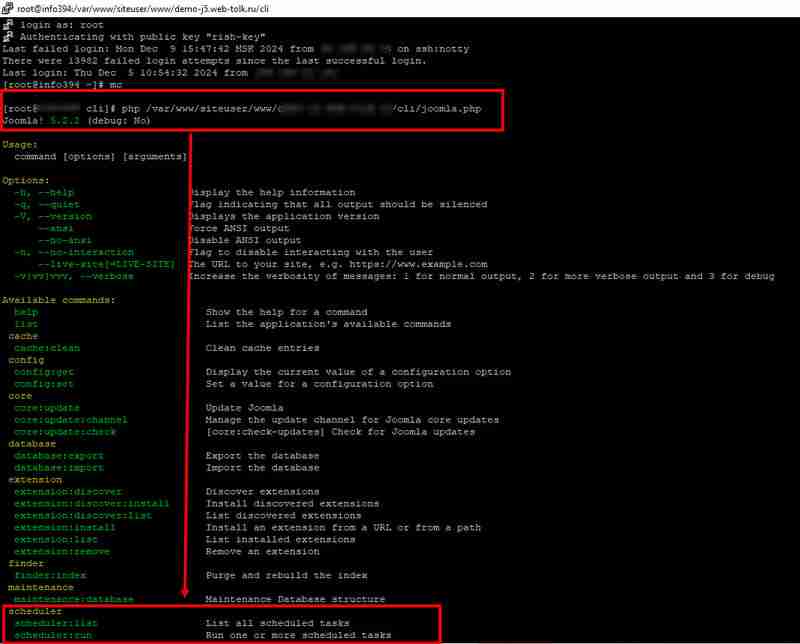PHP 设计模式:页面控制器(控制器.模式.页面.设计.PHP...)

页面控制器设计模式是基于 web 的系统中使用的常见架构方法。它通过专用特定控制器来处理单个页面或请求的逻辑来组织控制流。这种方法有助于隔离职责,使代码库更易于维护和发展。
什么是页面控制器?在页面控制器模式中,每个页面(或一组具有类似行为的页面)都有自己的控制器,负责:
- 处理请求:处理客户端发送的数据。
- 执行页面特定逻辑:验证输入、与模型交互或执行计算。
- 渲染响应:将处理后的数据传递到视图(模板)并将最终响应返回给客户端。
- 简单流程:每个页面都映射到自己的专用控制器。
- 关注点分离:每个控制器只处理自己的逻辑。
- 可维护性:对一个页面的更改仅影响其关联的控制器。
- 可扩展性:添加新页面非常简单,并且不会破坏现有功能。
典型的实现涉及以下组件:
- 控制器:包含特定页面逻辑的php文件。
- 路由:将 url 映射到控制器的路由机制。
- 视图:用于渲染用户界面的模板。
流动
- 客户端向特定 url 发送请求。
- 路由系统为请求识别适当的控制器。
- 控制器执行所需的逻辑并将响应渲染委托给视图。
- 视图生成最终输出并将其返回给客户端。
文件结构
/htdocs
/src
/controllers
homecontroller.php
aboutcontroller.php
/services
viewrenderer.php
/views
home.html.php
about.html.php
/public
index.php
/routes.php
composer.json
自动加载器
{
"autoload": {
"psr-4": {
"app\": "htdocs/"
}
}
}
composer dump-autoload
模板
主页和about.html.php.
的模板
<!doctype html>
<html>
<head>
<title><?= htmlspecialchars($title) ?></title>
</head>
<body>
<h1><?= htmlspecialchars($title) ?></h1>
<p><?= htmlspecialchars($content) ?></p>
</body>
</html>
viewrenderer
namespace appservices;
class viewrenderer {
public function render(string $view, array $data = []): void {
extract($data); // turns array keys into variables
include __dir__ . "/../../views/{$view}.html.php";
}
}
homecontroller
处理主页逻辑。
namespace appcontrollers;
use appservices
iewrenderer;
class homecontroller {
public function __construct(private viewrenderer $viewrenderer)
{
}
public function handlerequest(): void {
$data = [
'title' => 'welcome to the site',
'content' => 'homepage content.',
];
$this->viewrenderer->render('home', $data);
}
}
关于控制器
处理“关于我们”页面逻辑。
namespace appcontrollers;
use appservices
iewrenderer;
class aboutcontroller
{
public function __construct(private viewrenderer $viewrenderer)
{
}
public function handlerequest(): void {
$data = [
'title' => 'about us',
'content' => 'information about the company.',
];
$this->viewrenderer->render('about', $data);
}
}
routes.php
定义到控制器的路由映射。
use appcontrollershomecontroller;
use appcontrollersboutcontroller;
// define the routes in an associative array
return [
'/' => homecontroller::class,
'/about' => aboutcontroller::class,
];
index.php
应用程序的入口点。
require_once __DIR__ . '/../vendor/autoload.php';
use AppServicesViewRenderer;
// Include the routes
$routes = require_once __DIR__ . '/../routes.php';
// Instantiate the view rendering service
$viewRenderer = new ViewRenderer();
// Get the current route from the request URI
$requestUri = parse_url($_SERVER['REQUEST_URI'], PHP_URL_PATH);
// Check if the route exists and resolve the controller
if (isset($routes[$requestUri])) {
$controllerClass = $routes[$requestUri];
$controller = new $controllerClass($viewRenderer);
$controller->handleRequest();
} else {
http_response_code(404);
echo "Page not found.";
}
优点和缺点
优点
- 组织:控制器是模块化的,每个控制器处理一个特定的页面。
- 可重用性:视图可以在不同的控制器之间重用。
- 调试:由于每个页面都有自己的专用控制器,因此更容易跟踪错误。
缺点
- 控制器数量增加:大型项目可能导致控制器激增,需要更好的组织。
- 代码重复:控制器之间的通用逻辑可能会重复。这可以通过使用基本控制器类来缓解。
- 简单系统:最适合每个页面都有特定逻辑的中小型 web 应用程序。
- 模块化项目:当您想要隔离逻辑以便于维护时。
- 没有框架:非常适合没有强大框架(如 laravel 或 symfony)的 php 项目。
对于更复杂的项目,存在大量逻辑重用或多个入口点,前端控制器或完整mvc架构等模式可能更合适。
以上就是PHP 设计模式:页面控制器的详细内容,更多请关注知识资源分享宝库其它相关文章!
